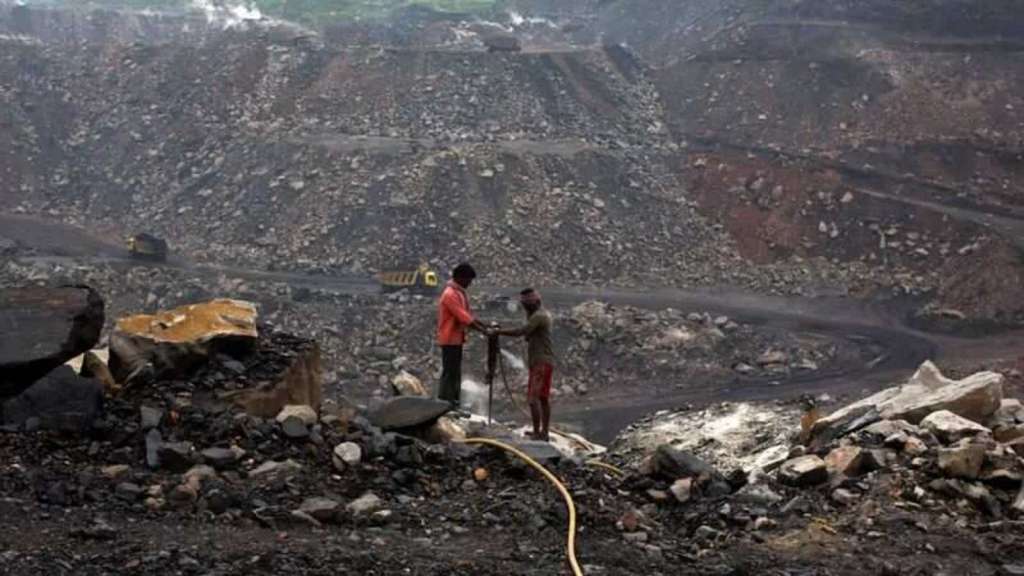
Image:Mint
An energy crisis is looming over India as coal supplies dwindle, complicating the recovery of Asia’s third largest economy in the aftermath of the pandemic.
The majority of India’s coal-fired power plants’ supplies have depleted to just a few days’ worth of fuel.
R. K. Singh, Federal Power Minister, said that he was bracing for a “tough five to six months.”
“I can’t say I’m safe… “You can’t be secure with less than three days of stock,” Singh explained.
The shortages have fueled fears of potential blackouts in parts of India, where coal accounts for 70% of power generation. According to experts, the crunch could derail renewed efforts to boost manufacturing.
Power outages and shortages have decreased in major cities over the years, but they are still fairly common in some smaller towns.
According to the most recent available data from the power ministry, 108 of India’s 135 coal plants had critically low stocks, with 28 of them having only one day’s supply.
According to the ministry, average coal supplies at power plants had fallen to about four days’ worth of stock as of the weekend. This is a significant decrease from the 13 days in August.
According to the power ministry, power consumption increased by nearly 20% in August compared to the same month in 2019, before the pandemic struck.
“Nobody expected economic growth to pick up so quickly and energy demand to soar,” said Vibhuti Garg, an energy economist at the Institute for Energy Economics and Financial Analysis.
Shortages in supply were exacerbated by mine flooding and other disruptions caused by unusually heavy rains, according to Garg.
India is primarily reliant on domestically mined coal. Experts say that with global coal prices at an all-time high, increasing imports is out of the question.
The government has directed state-owned Coal India Ltd. to increase output.
Coal prices in Indonesia, one of India’s suppliers, have risen to nearly $162 per ton this month, up from $86.68 in April, boosted by rising demand in China, where recent power outages have forced factories to close and left some households without power.
“With current prices, it’s difficult for India to rely on external sources for coal because it’s about two or three times what we pay domestically right now,” said Swati DSouza, research lead at National Foundation for India.
As the monsoon rains have subsided, coal deliveries have increased and are expected to rise further, according to the power ministry. According to the ministry, an official team is monitoring the situation and working with Coal India Ltd. and the railways to improve supplies.
However, the crisis has highlighted India’s need to develop more renewable energy resources, as demand is expected to rise further.
According to Sunil Dahiya, an analyst at the Center for Research on Energy and Clean Air, it should serve as a “turning point for India,” where there is ample renewable energy potential to help offset such disruptions.
“The situation should not be used to justify more coal production — that is not the crisis.” “The solution for the future is to transition away from coal and other fossil fuels,” he said.
Related Posts
Some description text for this item
